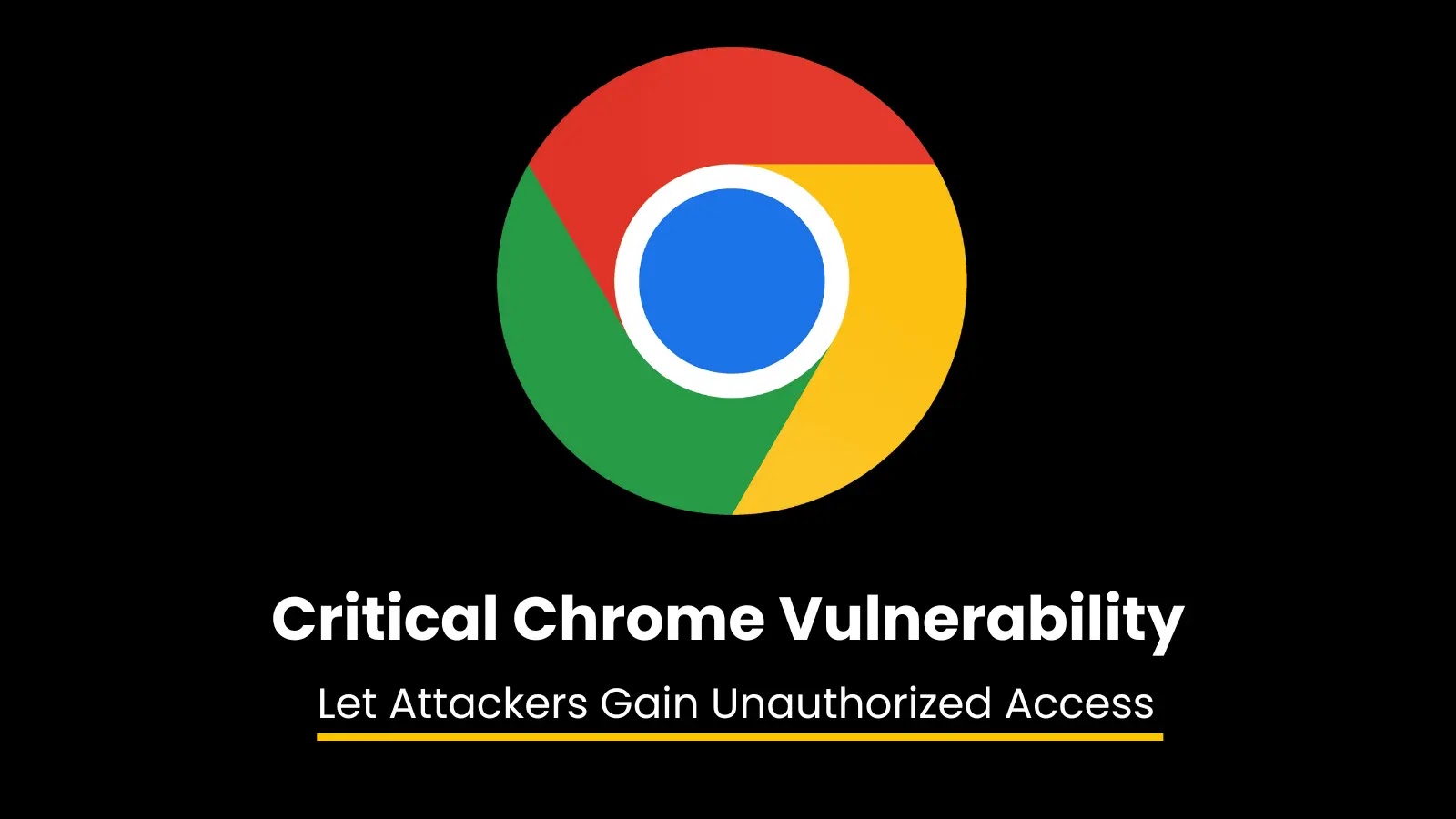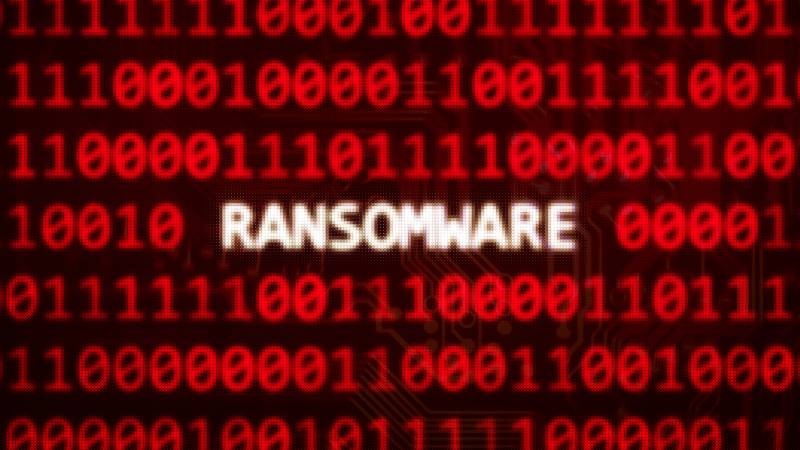.png
)
Understanding Alert Fatigue in Modern Security Operations Centers
In the fast-paced world of cybersecurity, Security Operations Centers (SOCs) are bombarded with daily alerts, making it a monumental task to sift through and prioritize effectively. This saturation often leads to alert fatigue, where the lines between critical alerts and false positives blur, undermining the efficiency and response times of security teams.
Tackling Alert Fatigue with Strategic Prioritization
Addressing alert fatigue requires a structured approach to manage the deluge of notifications efficiently. This article delves into powerful strategies and frameworks that empower SOCs to prioritize threat intelligence alerts effectively, thereby enhancing focus and reducing unnecessary stress.
1. Building an Effective Alert Prioritization Framework
Creating a robust framework is crucial for the effective management of security alerts. This includes balancing automation with human insights to spotlight critical threats swiftly while minimizing attention to less significant warnings.
Key Components of a Risk-Based Alert Classification
- Asset Criticality: Prioritize alerts impacting mission-critical systems more highly than those affecting less critical infrastructure.
- Threat Context: Evaluate the nature of the threat to assess its severity.
- Historical Patterns: Use data from previous incidents to contextualize current alerts.
- Business Impact: Consider potential operational impacts from unaddressed threats.
2. Integrating Contextual Threat Intelligence
Effective alert prioritization also demands a deep integration of contextual threat intelligence. This aids analysts in assessing the alerts’ significance based on detailed background information about threat actors and their methodologies.
3. Leveraging Automation for Efficient Alert Triage
Advanced automation technologies can be pivotal in managing the high volume of alerts in SOCs. Automated systems can assess alerts swiftly, gathering critical threat intelligence and reducing the load on human analysts.
Enhancing SOC Efficiency Through Strategic Improvements
To rise above the operational challenges posed by high alert volumes, SOCs need to invest strategically in cutting-edge technologies, optimize their processes, and continuously develop their workforce’s skills.
By tackling these key areas, security teams not only improve their immediate response capabilities but also enhance their overall security posture against the ever-evolving landscape of cyber threats.
Stay updated with the latest in cybersecurity. Follow us on Google News, LinkedIn, and X for instant updates and in-depth analysis.
Related: 5 Proven Steps to Slash Incident Response Times with SOAR
Last Updated: April 18, 2025




